Your horse spends a good amount of his day in his pasture, so it's important to make your pasture as safe as possible. Here are seven ways that you can create a safer horse pasture.
Install Safe Fencing

The safety of your pasture greatly depends on the fencing that surrounds it. Install a safe fencing which is easily visible, strong, durable, and appropriately sized for the horses that will be living in the pasture. Don't forget to also pay attention to the gate and the gate latch that you use. Make sure that the latch is horse-proof so that the horses stay safely contained.
Avoid Creating Corners
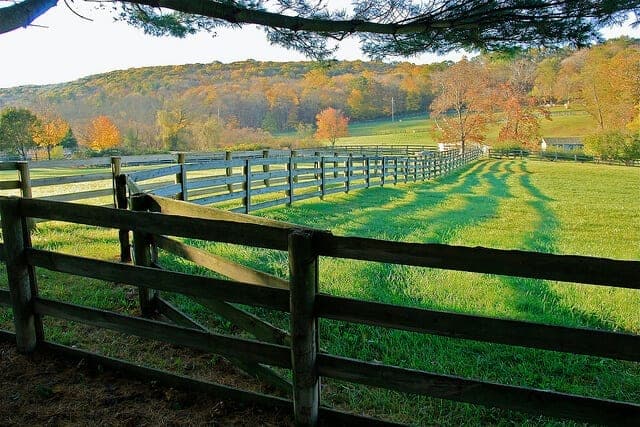
When you install your pasture fence, avoid creating corners. Instead, curve all of the corners so that horses cannot pin each other into the fencing, which can result in serious injuries.
Minimize Mud
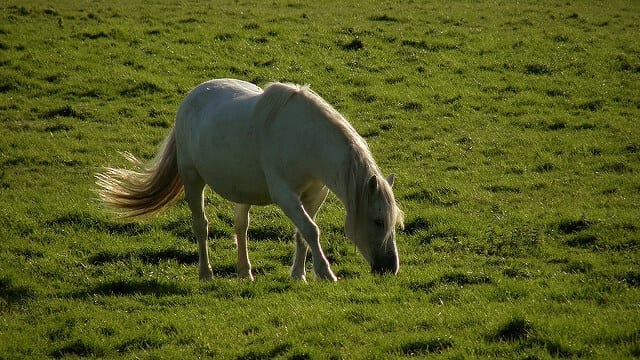
Install proper drainage to help reduce the amount of mud that will build up in your pasture. Deep mud can pull off horseshoes and can strain or tear tendons. Consider installing underground grids or bringing in pea gravel to help manage the areas where mud occurs.
Look for Poisonous Plants
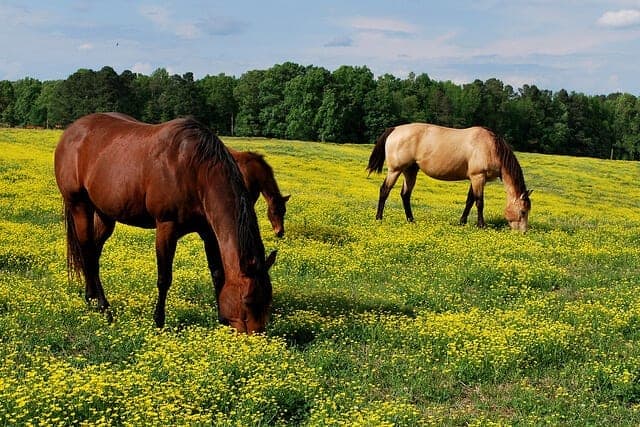
Check your pastures to make sure that no poisonous plants or trees are growing in or near the pastures. If you find poisonous plants or trees, have them professionally removed before you allow horses back onto the pasture.
Remove Manure
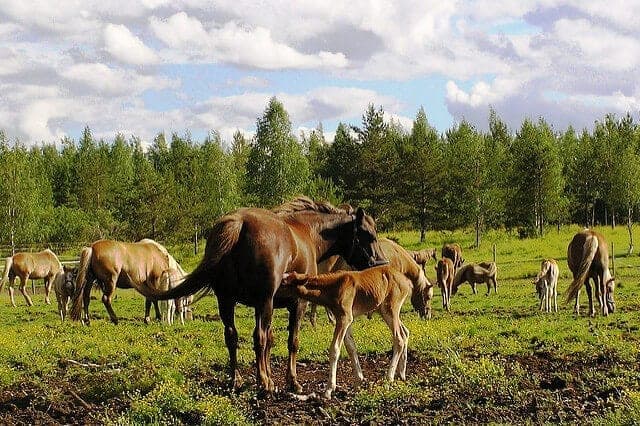
Remove manure from the pasture regularly to help keep the pasture clean and reduce the chance of your horse becoming infected with worms. If you can't remove the manure, then be sure to harrow the pasture to help break up and spread the manure to dry.
Walk Pastures Regularly
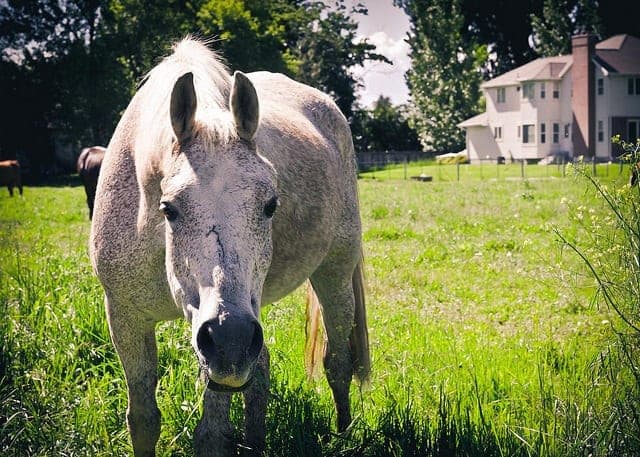
Make a point of walking your pastures on a regular basis. Look for weakened or broken fence areas, and check for debris which may have worked its way up through the earth.
Horse Courses by Elaine Heney
- Listening to the Horse - The Documentary by Elaine Heney & Grey Pony Films
- Shoulder In & Out Training for better balance, bend & topline development with your horse
- Over 110+ Polework Exercises & Challenges to Download
- Dancing at Liberty & Creating Connection with Your Horse (11 lessons) - Grey Pony Films
Introduce New Horses Gradually

When introducing a new horse to the existing herd in your pasture, make sure that the introduction is done gradually. Turn the horse out in a pasture which shares an adjoining fence line for a few days so that he can meet the other horses over the fence. When you do turn the horse out with the herd, make sure that you stay nearby to supervise and remove the horse if necessary.

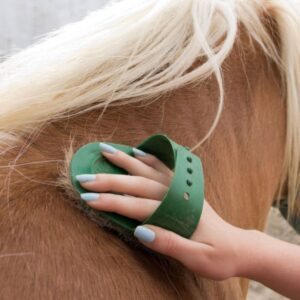
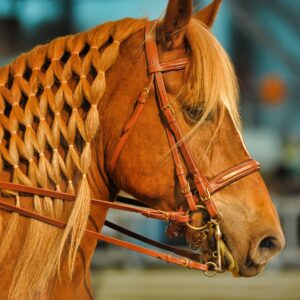
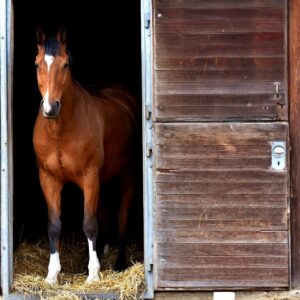
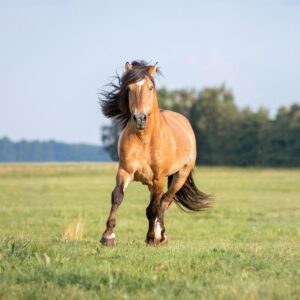
Leave a Reply